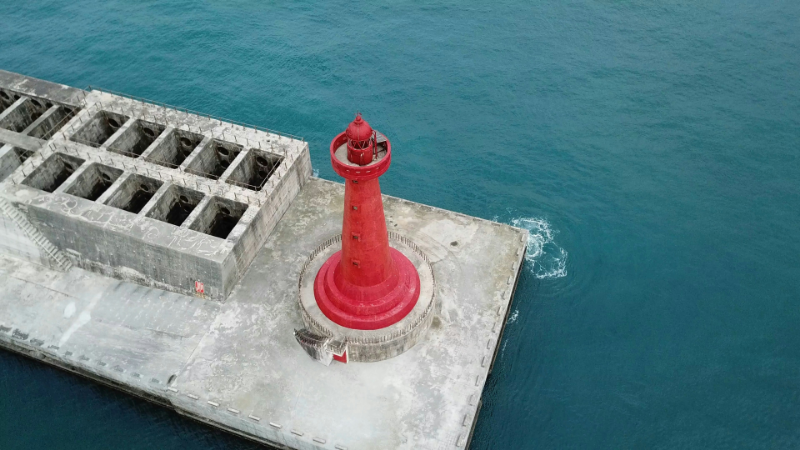Making sense of our connected world

How an online order fights fragmentation
The internet will not break apart. While centrifugal forces contribute to the emergence of normative froth, frictions and fractures, technical invariants of the internet exercise defragmentation forces. But that’s not all. As Matthias C. Kettemann explains, a normative turn has taken place on the internet which has led to the emergence of normative order of the internet.
Recently, Daniel Lambach argued here that cyberspace was not right now “in danger of breaking apart” but that a “substantially more destructive kind of fragmentation” was possible. I will add to his interesting take on territorializing cyberspace by providing a different approach to solving the challenges of fragmentation.
Forces of disorder
Every (legal) order has chaotic tendencies. The lack of formal institutions (such as in national law) or decentralized control through states (such as the rules of international law) make the internet especially prone to normative disorder. I have identified three phenomena of disorder:
(1) Normative froth is present when a number of different norms are applicable to similar situations without clear indications that one norm is preferred. During the period 2012-2015 many internet governance stakeholders developed similar norms (‘principles’) risking duplication, confusion and the de-valuing of existing (and more authoritative texts). In that, an exercise in norm-making can have anti-normative effects, just as attempts to introduce a new standard to supplant existing ones may results in just another standard.
(2) Normative frictions are more serious norm conflicts that go beyond non- hierarchical coexistence of duplicative or slightly varied norms. Examples include diverging national judgments on factually similar issues or when states introduce regulation that is not responsive to similar challenges in neighbouring jurisdictions.
(3) Normative fractures evidence a larger problem of rule on the internet and include substantial conflicts (of norms, practices or even trust) that can lead to disorder. Fractures have appeared, for instance, in the normative treatment of cyberwar, with some states arguing for and others against inclusion of the cyberattacks into the logic of the UN Charta’s Chapter VII. This has even led to the breakdown of an important UN-led exercise in developing shared understandings of the meaning of international law on the internet. Further fractures, as this study shows, have appeared with regard to normative approaches between human rights-oriented states and sovereignty-oriented states that seek more governmental control of the internet, nationalize telecommunications providers, provide for data localization laws and apply strong penalties to online dissent (or filter dissenting speech). But this is not all.
Technical, commercial and governmental fragmentation of the internet are real threats. Technical fragmentation impedes the full interoperability of the underlying internet infrastructure. Commercial fragmentation is caused by business practices constraining or preventing internet universality. Political-legal, or governmental, fragmentation includes policies, laws and judgments that inhibit the free flow of information regardless of frontiers.
There shall be order
But that’s not the end. First, I have identified countervailing technical forces (‘internet invariants’), such as the addressing system, the root server architecture and the common protocols. These are the foundation of a technical defragmentation pull that, second, the law – through the normative turn – realizes through norms.
In my research I have established that a normative order has emerged on the internet that conceptually encompasses normative activities by all actors on all regulatory levels (national and international legal-political spheres and private spaces). The order is selective in that it does not seek to regulate all fact patterns with a connection to the internet, but only those that evidence a (1) material (non-trivial) connection between the regulatory question and the internet as a network of networks (2) in the normative sense.
The normative order of the internet encompasses norm-generative processes and includes, through its processes, normatively relevant action by all actors. These actors develop normative expectations, which are debated, contested and realized on the basis of shared principles within the order.
The normative order of the internet is a legitimate order, with its legitimacy proceduralized through normative processes that include all actors. As shown, the order is also legitimate in abstract because it is a necessary order. States alone cannot by themselves regulate the internet. International law provides a regulatory frame but is not detailed enough to regulate emerging online threats and technological challenges. Transnational arrangements remain too technical and vague to solve questions of distribution of basic goods.
Taken together, however, the order’s norms secure the internet as a critical infrastructural resource in itself and for other essential infrastructures.
Each field of norms within the order – international law, national law, transnational normative arrangements – is legitimized either through traditional normative processes or by its integration into national legal orders. Each actor group is legitimized directly or indirectly and transfers this legitimacy potential to the normative outcome, which is often – additionally – epistemically legitimate. The normative order itself is legitimate as a necessary order to ensure protection of and from the internet. The process of justifying the order is narrativized. As any order participant has a right to justification against norms and practices generally-reciprocally, the normative order of the internet is an order of justification.
There are undoubtedly forces favouring fragmentation on the Internet. However, I argue that the internet has taken a normative turn and that order, rather than fear of disorder, should and will shape policy debates.
This post represents the view of the author and does not necessarily represent the view of the institute itself. For more information about the topics of these articles and associated research projects, please contact info@hiig.de.

You will receive our latest blog articles once a month in a newsletter.
Platform governance
The Human in the Loop in automated credit lending – Human expertise for greater fairness
How fair is automated credit lending? Where is human expertise essential?
Impactful by design: For digital entrepreneurs driven to create positive societal impact
How impact entrepreneurs can shape digital innovation to build technologies that create meaningful and lasting societal change.
Identifying bias, taking responsibility: Critical perspectives on AI and data quality in higher education
AI is changing higher education. This article explores the risks of bias and why we need a critical approach.




